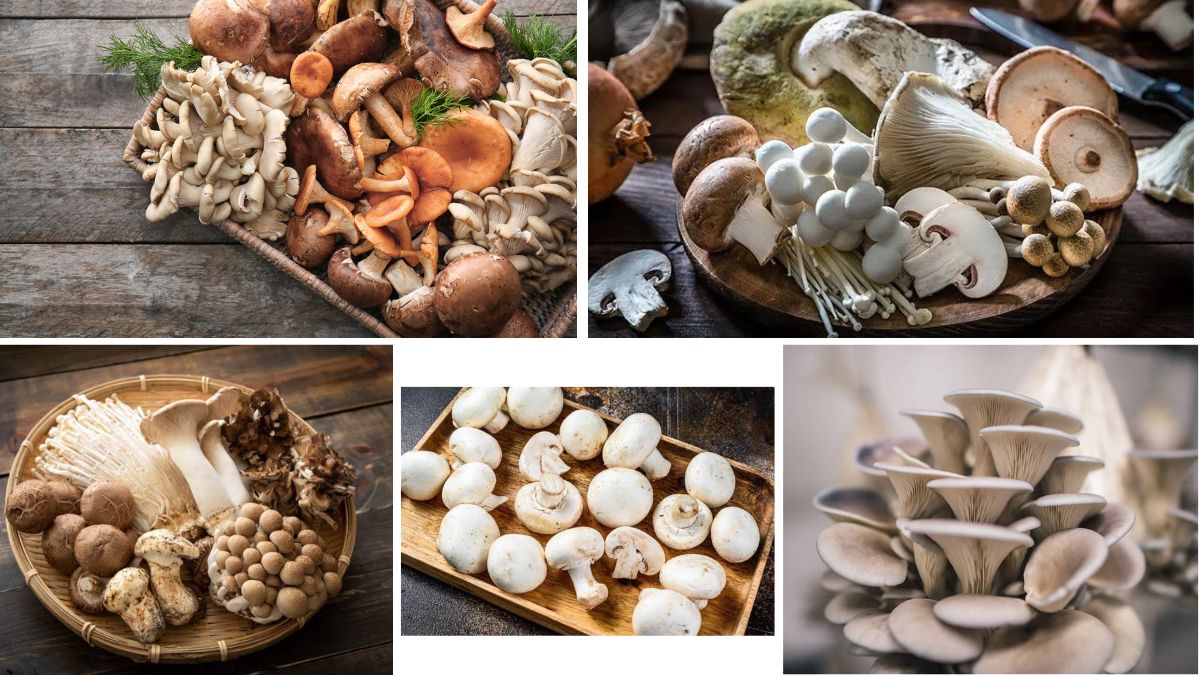Mushrooms are one of the most versatile and nutritionally rich foods in the world. They are celebrated not only for their culinary appeal but also for their medicinal properties and economic significance. From the common button mushroom to exotic varieties like shiitake and oyster mushrooms, mushroom production has become a vital agricultural industry globally.
This article explores the countries that produce the most mushrooms, examining production volumes, cultivation practices, types of mushrooms grown, and the role of mushrooms in both local and global economies.
Mushrooms: An Overview
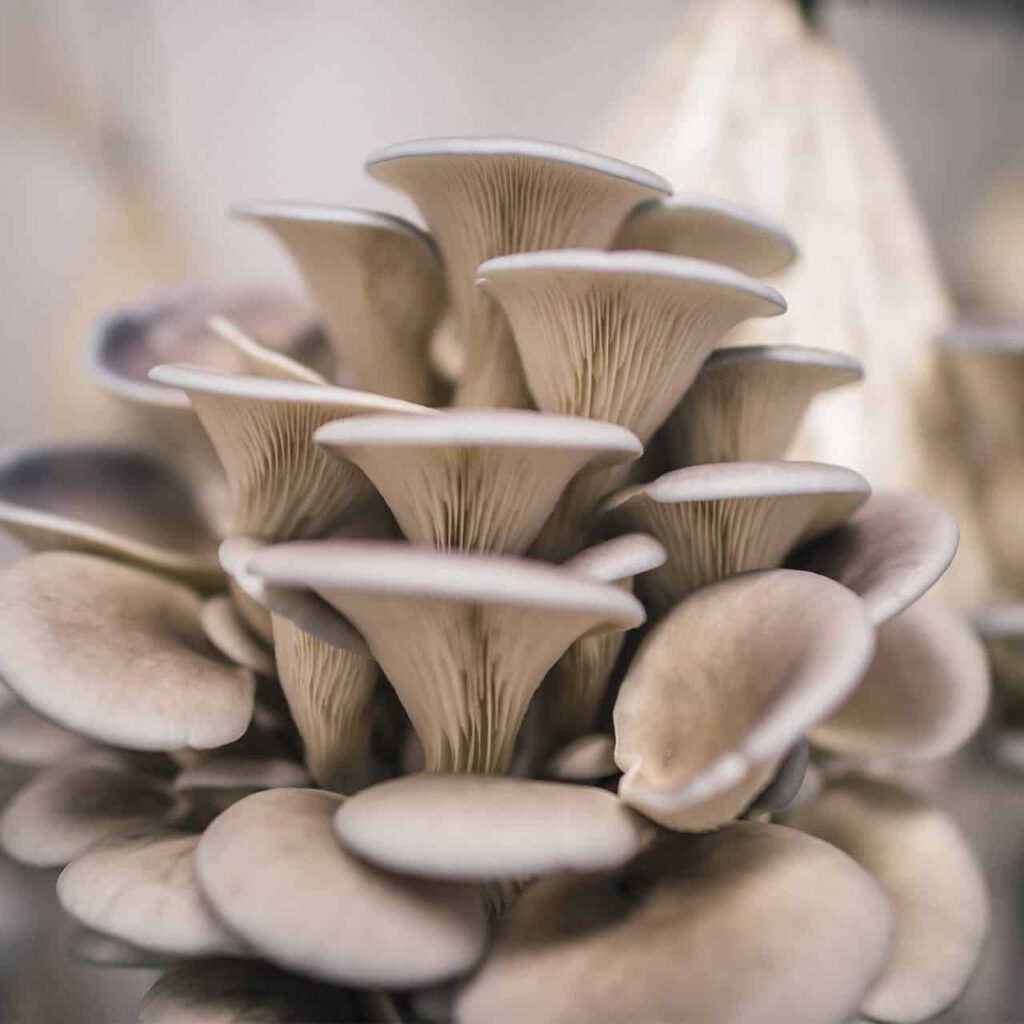
Mushrooms belong to the fungi kingdom and are cultivated for food, medicine, and industrial use. They are low in calories, rich in protein, vitamins (especially B-complex and D), minerals, and antioxidants. They are also a source of bioactive compounds that enhance immunity and overall health.
Economic and Nutritional Importance
- Economic Value: Mushroom farming generates income for millions of farmers worldwide and fuels a growing export market.
- Culinary Versatility: Mushrooms are used in soups, salads, sauces, stir-fries, and gourmet dishes.
- Medicinal Uses: Certain mushrooms like reishi, maitake, and shiitake are used in traditional medicine and nutraceuticals.
Top Mushroom-Producing Countries
1. China
China is the undisputed leader in global mushroom production, accounting for over 70% of the world’s output. Its dominance spans both volume and diversity of cultivated mushrooms.
Production Highlights:
- Produces more than 40 million metric tons annually.
- Cultivates over 100 species, including shiitake, oyster, enoki, and button mushrooms.
- Mushroom farming is widespread in rural areas, providing employment for smallholder farmers.
Technological Innovations:
- Advanced indoor cultivation methods and climate-controlled greenhouses.
- Research on high-yield strains and disease-resistant mushrooms.
Exports:
- China exports fresh, dried, and processed mushrooms globally, particularly to the United States, Japan, and Europe.
- Shiitake mushrooms are especially popular in Asian and Western gourmet markets.
2. United States
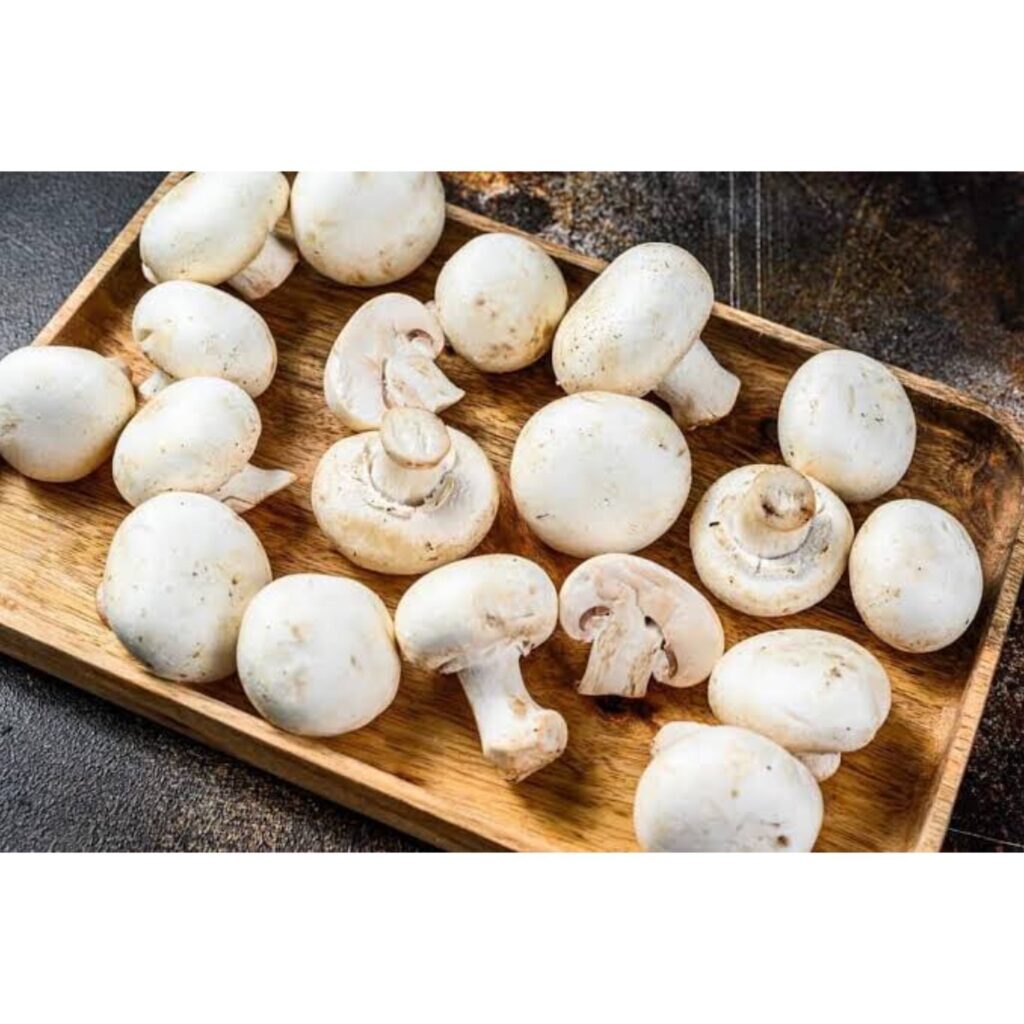
The United States is the second-largest mushroom producer, with a strong focus on commercial cultivation and high-value varieties.
Production Highlights:
- Annual production exceeds 900,000 metric tons.
- Pennsylvania is the top mushroom-producing state, followed by California and Texas.
- Primarily cultivates Agaricus bisporus (button mushrooms), along with specialty mushrooms like shiitake and oyster.
Industry Trends:
- Use of modern indoor facilities with automated climate control.
- Growing consumer demand for organic and specialty mushrooms.
Exports and Consumption:
- US mushrooms are mostly consumed domestically, but exports are growing to Canada, Mexico, and Asian markets.
- Processed mushrooms for canned, frozen, and dried products are widely traded internationally.
3. Netherlands
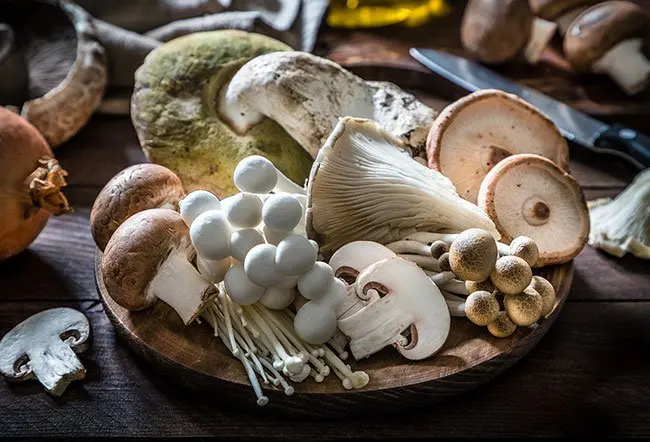
The Netherlands is a global leader in mushroom cultivation, known for high-tech production and efficient greenhouse systems.
Production Highlights:
- Annual production is around 650,000–700,000 metric tons.
- Focuses on Agaricus bisporus (white and brown button mushrooms).
- Uses advanced substrate preparation, controlled lighting, and automated harvesting.
Exports:
- Major exporters to Germany, France, Belgium, and the UK.
- Approximately 60–70% of Dutch mushrooms are exported, making the country a critical player in the European mushroom market.
Sustainability Practices:
- Recycling of spent mushroom substrate as fertilizer or animal feed.
- Efforts to reduce energy and water usage in cultivation.
4. Poland
Poland is one of the largest mushroom producers in Europe, benefiting from favorable climate, fertile soils, and skilled labor.
Production Highlights:
- Produces around 300,000–350,000 metric tons annually.
- Main cultivation includes button mushrooms, with emerging growth in oyster and shiitake mushrooms.
Exports:
- Poland exports mushrooms across the EU and increasingly to North America and Asia.
- Processed mushrooms, including canned and dried products, are key export items.
Domestic Consumption:
- Mushrooms are a staple in traditional Polish cuisine, used in soups, pierogi, and sauces.
5. India
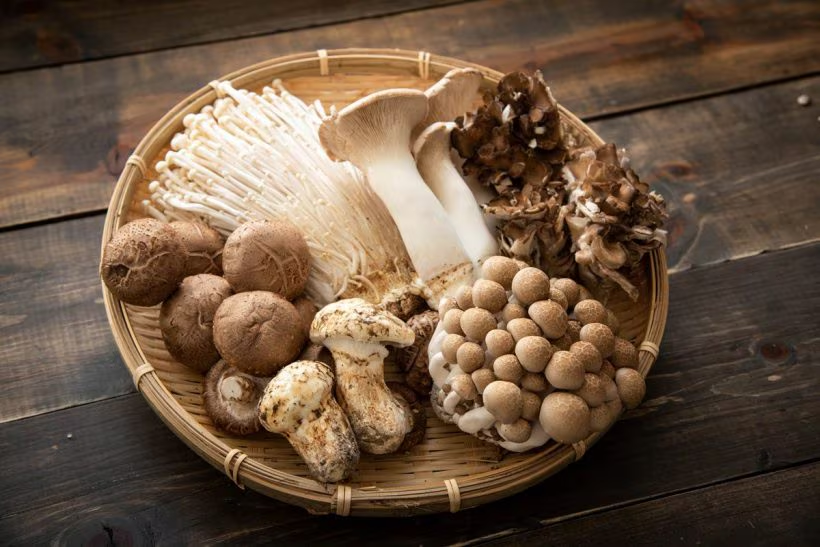
India is experiencing rapid growth in mushroom production, driven by increasing domestic demand and improved cultivation techniques.
Production Highlights:
- Produces around 300,000 metric tons annually, primarily Agaricus bisporus.
- States like Maharashtra, Punjab, Uttar Pradesh, and Karnataka lead production.
Industry Trends:
- Expansion of commercial mushroom farms with climate-controlled houses.
- Diversification into exotic mushrooms like oyster, shiitake, and milky mushrooms.
Consumption and Export:
- Domestic consumption is the primary driver, especially in urban centers.
- Exports are growing to Middle Eastern countries and Southeast Asia.
6. Italy
Italy is a significant European mushroom producer, especially in northern regions like Lombardy and Veneto.
Production Highlights:
- Annual production exceeds 200,000 metric tons.
- Focuses on button mushrooms and specialty varieties for gourmet markets.
Exports:
- Exports primarily to Germany, France, and Switzerland.
- Italian mushrooms are renowned for quality, freshness, and packaging.
Consumption Trends:
- Widely used in Italian cuisine for pasta, risotto, sauces, and pizzas.
7. Other Notable Producers
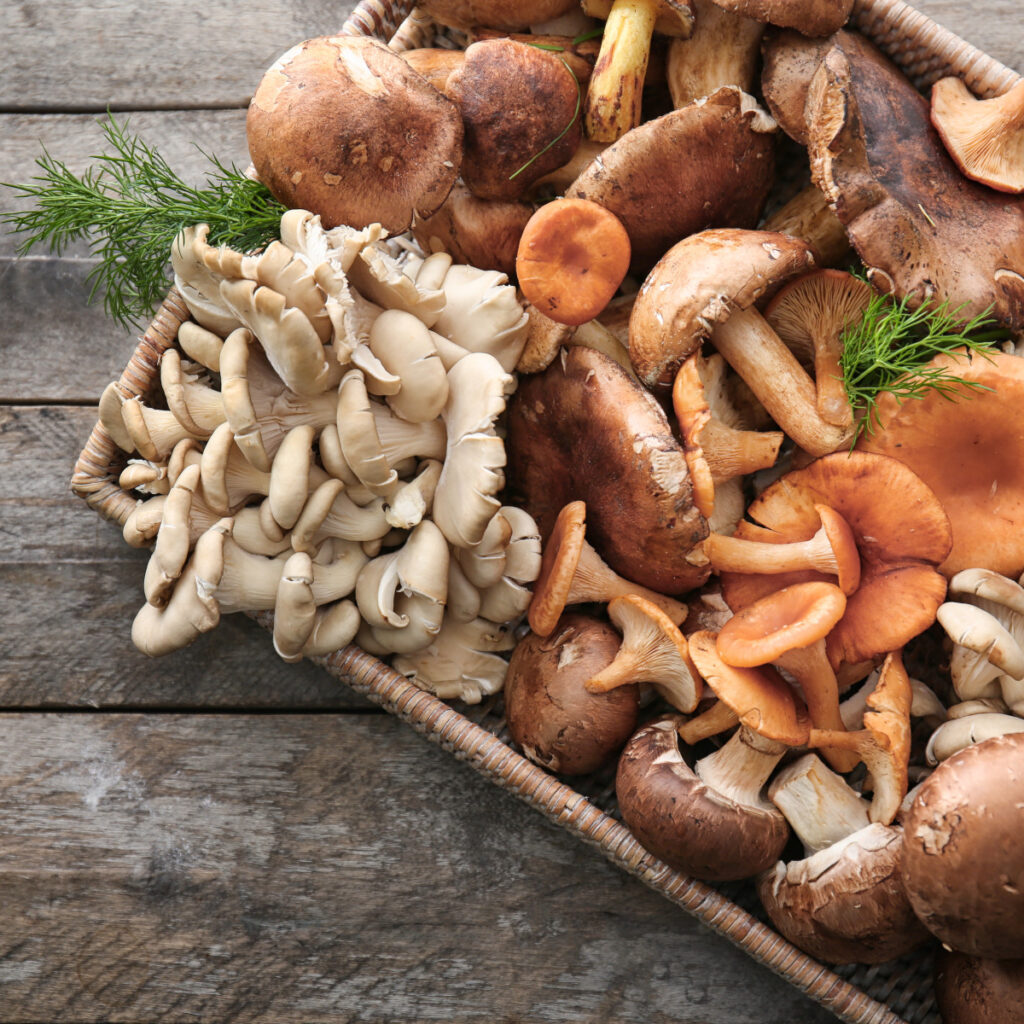
Several countries contribute substantially to global mushroom production:
- South Korea: Focuses on shiitake and oyster mushrooms, both for domestic consumption and export.
- France: Produces button mushrooms and gourmet varieties for European markets.
- Thailand: Rapidly growing mushroom sector with emphasis on oyster and straw mushrooms.
- Brazil: Increasing production of button mushrooms to meet domestic demand.
- Canada: Produces button mushrooms and specialty varieties, mainly in British Columbia and Ontario.
Global Mushroom Trade and Market Trends
Exports and Imports
- China dominates exports of fresh, dried, and processed mushrooms.
- European countries like the Netherlands and Poland are major exporters within Europe.
- Specialty mushrooms such as shiitake and enoki have high demand in North America, Europe, and Japan.
Consumption Trends
- Growing awareness of health benefits and plant-based diets boosts global consumption.
- Organic, gourmet, and exotic mushrooms are increasingly preferred in high-income countries.
- Mushrooms are increasingly used in processed products, including soups, sauces, and dietary supplements.
Challenges in Mushroom Production
- Perishability: Mushrooms have a short shelf life, requiring efficient storage and transport.
- Pests and Diseases: Bacterial blotch, mold, and other fungal pathogens can affect yield.
- Labor-Intensive Farming: Manual harvesting remains common, increasing labor costs.
- Climate Sensitivity: Temperature and humidity fluctuations can impact growth and quality.
The Future of Mushroom Production
The global mushroom industry is expected to grow steadily due to increasing demand for healthy foods, plant-based diets, and functional foods. Key trends include:
- Vertical and Indoor Farming: Controlled environments allow year-round production and higher yields.
- Exotic Mushroom Cultivation: Varieties like lion’s mane, reishi, and maitake are gaining popularity.
- Value-Added Products: Processed mushrooms, powders, and nutraceuticals are expanding global markets.
- Sustainability: Recycling substrates and minimizing water and energy usage will improve environmental performance.
- Research and Innovation: Development of disease-resistant strains and improved cultivation techniques will enhance productivity.
Conclusion
Mushrooms are a versatile, nutritious, and economically important crop worldwide. China, the United States, the Netherlands, Poland, India, and Italy are the leading mushroom-producing countries, together accounting for the majority of global output. These nations supply both domestic and international markets, ranging from fresh consumption to processed and specialty products.
Rising consumer awareness about health, the increasing popularity of plant-based diets, and technological advancements in mushroom cultivation are driving global growth in production and trade. Efficient cultivation, innovative processing, and sustainable practices will be critical in meeting rising global demand and expanding export opportunities.
Mushrooms not only provide a nutrient-rich food source but also support rural economies, contribute to employment, and create opportunities for sustainable agriculture. Understanding the countries that produce the most mushrooms helps policymakers, farmers, and businesses optimize production strategies and strengthen international trade networks.
